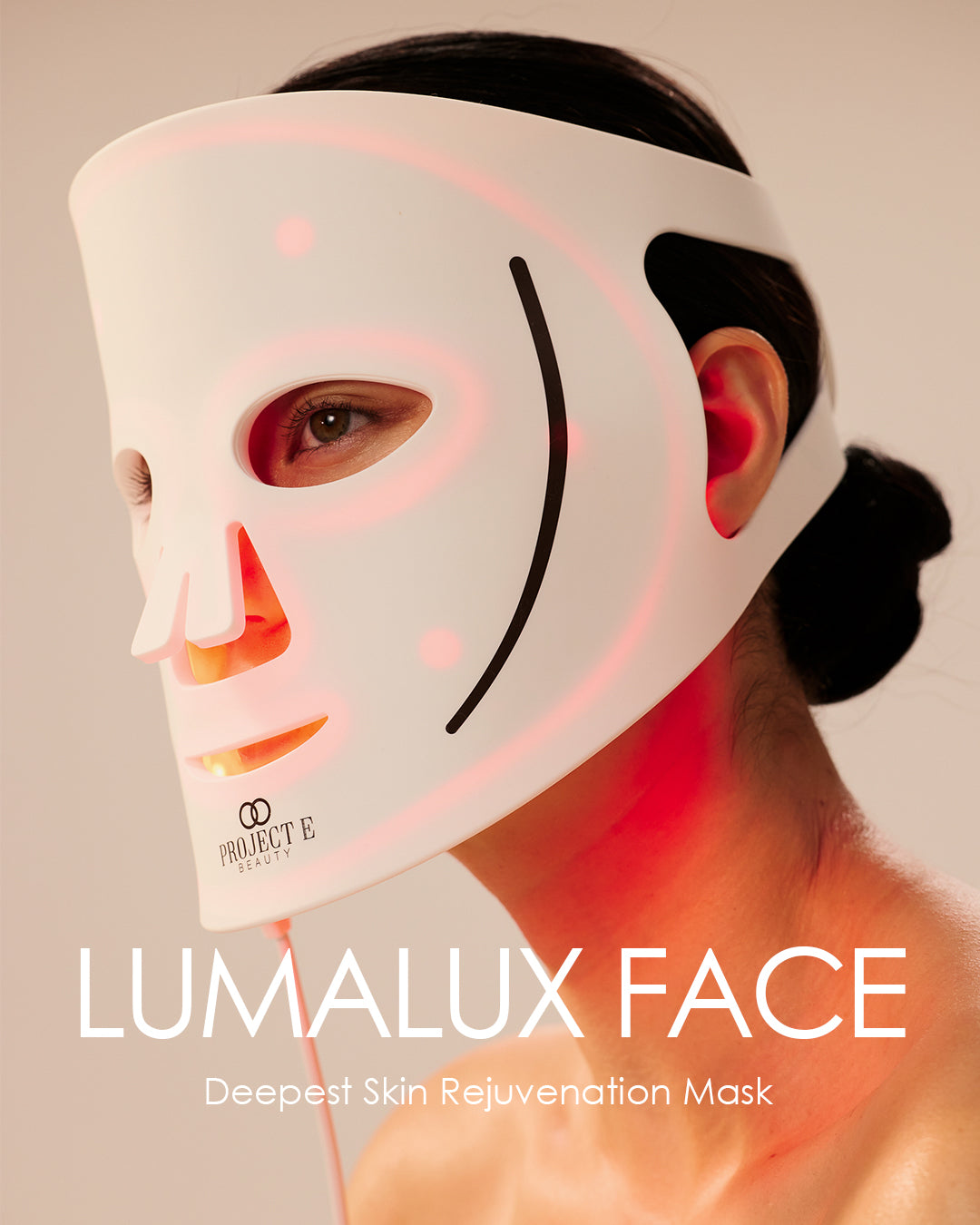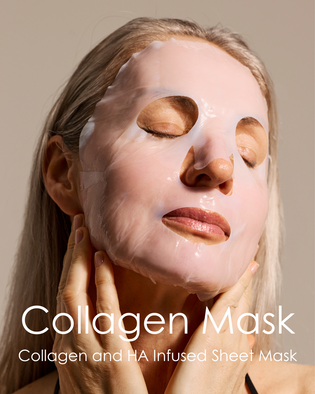
How To Use Red Light Therapy for Gut Health
IN THIS ARTICLE:
- 01 Why Is Gut Health So Important?
- 02 The Surprising Connection Between Gut Health and Skin Health
- 03 How Red Light Therapy Might Support The Gut?
- 04 How To Use Red Light Therapy for Gut Health (Safely, At Home)
- 05 Why This Could Show Up On Your Skin
- 06 Where LumaLux Fits In
- 07 Safety First (And Being Realistic)
Most people discover red light therapy through skincare — calmer skin, better texture, and faster healing. But there’s a deeper story. The gut and skin talk to each other, so what settles inside often shows outside. Red light therapy fits because the same cellular mechanisms that help skin repair may also support gut balance. In this guide, I’ll keep it simple: what we know, what’s emerging, and how to use red light safely at home.
Why Is Gut Health So Important?
Your gut isn’t just about digestion — it’s a signalling hub that shapes immunity, hormones, metabolism, and even mood. Around 70% of your immune cells sit in the intestinal wall, and the microbes that live there help regulate inflammation throughout the body.
When the microbiome is balanced, it keeps the gut barrier resilient, reduces systemic inflammation, and supports nutrient absorption. When it’s disrupted by stress, antibiotics, poor diet, or lack of sleep, inflammation rises and problems show up well beyond the gut.
This is the gut–skin axis in action: an imbalanced gut can drive breakouts, redness, and accelerated aging via oxidative stress, while calmer, well-nourished gut ecology often shows through reduced inflammation and better nutrient delivery.
The Surprising Connection Between Gut Health and Skin Health
Your gut and skin communicate via the immune system, hormones, and the nervous system. When the gut is off-kilter, inflammatory signalling often rises and shows up on the skin: breakouts, redness, dullness, and slower repair. Support the gut — calmer stress signalling, steadier sleep, more consistent routines — and skin typically becomes easier to live with.
How Red Light Therapy Might Support The Gut?
Red and near-infrared light interact with the cell’s energy machinery (mitochondria), increasing ATP — the energy your cells use to do their jobs. That can support tissue repair and regulation. Low-level light also appears to influence inflammatory pathways and oxidative stress, and there’s early discussion around effects on vagal tone (part of the gut–brain axis). Evidence for skin outcomes is strong; for gut outcomes, it’s promising but early. Think of Red Light Therapy benefits as a supportive adjunct to the basics (food, stress, sleep), not a stand-alone fix.
How To Use Red Light Therapy for Gut Health (Safely, At Home)
You don’t need a clinic to begin, but you do need clear device parameters. Look for wavelength precision in established ranges (red ~630 nm; near-infrared ~850 nm; deep infrared ~1072 nm). For gut support, place the device over the abdomen (bare skin or light fabric, as the device manual advises). Start gently — about 8–12 minutes per area, 3–5 times a week — for four weeks, then reassess. Light works cumulatively, so consistency beats intensity. Protect your eyes when the device is near your face. If you feel heat or irritation, increase distance or reduce time.
While you’re there, add slow nasal breathing with a longer exhale during sessions. It nudges the nervous system toward “rest and digest.” Hydration, daylight exposure, and predictable bedtimes will amplify your results — light therapy won’t outrun four-hour nights and ultra-processed food.
Why This Could Show Up On Your Skin
Two reasons. First, if you reduce overall inflammatory tone and sleep slightly better, skin often follows: less redness, fewer flare-ups, faster recovery. Second, routine matters. A short, structured practice most evenings tends to settle the whole night — fewer screens, calmer wind-down, lights out — and your face reflects those choices. If you’re curious about red light therapy before and after, track your own changes: digestion comfort, sleep quality, skin reactivity, and mood (a simple 1–10 check-in works).
Where LumaLux Fits In
If you’re exploring Red Light Face Mask options, Project E Beauty’s LumaLux Face Pro LED Light Therapy Mask offers 5 wavelengths and 8 combination modes (including ~630 nm, ~850 nm, and ~1072 nm) for targeted, layered coverage - and 800 high-grade LEDs for uniform output across the treatment area. The lightweight, flexible fit helps you keep sessions consistent (and hands-free), which is where results come from. For broader routines, the LumaLux Face & Neck Mask extends zone coverage, while the LumaLux Dome Face & Body Device makes abdominal sessions easy to set up at home. These design choices support the brand’s goal: clinical-level results in quick sessions, integrated into simple, repeatable routines.
Safety First (And Being Realistic)
If you use photosensitising medication, have epilepsy, active skin cancers, are pregnant, or have complex medical needs, speak to a qualified professional first. Read your device manual carefully and follow the guidance. Remember, red light therapy dangers mostly arise from misuse (over-long sessions, eyes unprotected, ignoring contraindications). Used sensibly, RLT sits neatly alongside the unshowy habits that always work: real food, movement, daylight, boundaries around stress, and enough sleep.














Leave a comment
This site is protected by hCaptcha and the hCaptcha Privacy Policy and Terms of Service apply.